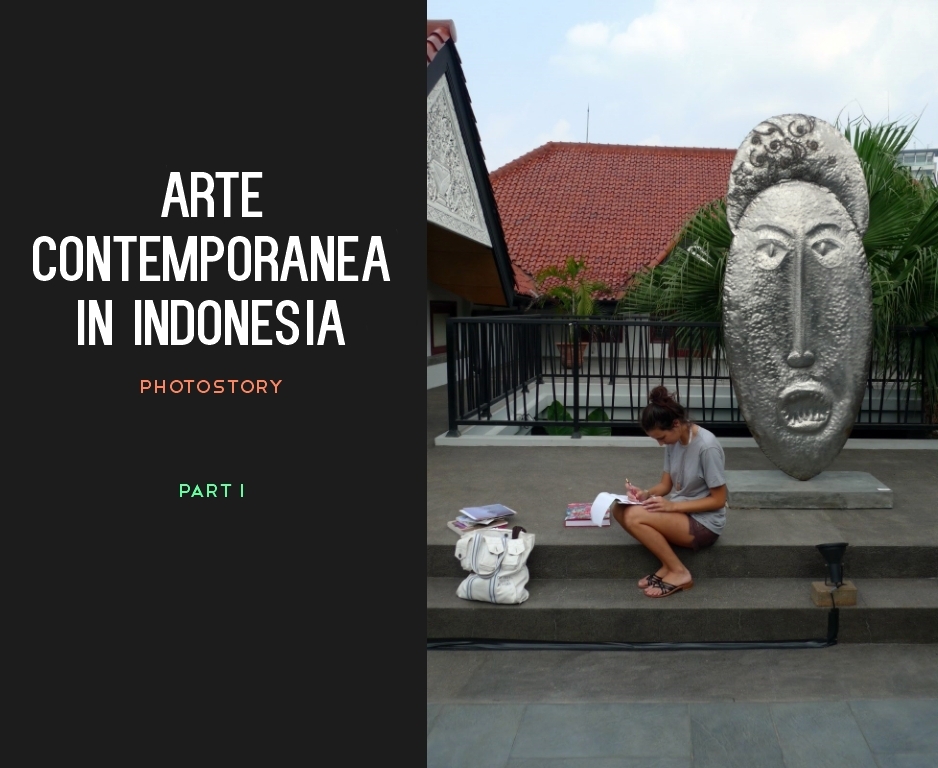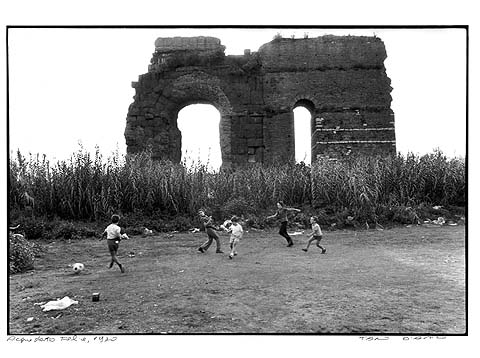
One of the things that makes me happy in life are conversations with people, giving me kernels of wisdom and guidance that I can readily apply to my life and to the projects I’m bringing forward. Some of the people I talk with regularly and exchange opinions and mutual suggestions are my closest friends, Laslo, Roberto, Giovanna. Or family – my dad – though being an apprehensive dad who I know would always advise me for the safest route, or my uncle Uma Gargiulo, who I don’t see nearly as often, but every time we get to talk is a revelation; I end up walking home with a stronger sense of what I’m doing with my work and creative life.
There are all these people, and then there are the teachers. They are a different story from friends and family, because unlike them, they know me much less. Most importantly they don’t really want to enter my world, or are interested to really know my problems in depth. They rather offer their teachings, their world vision, their way of doing things, and give me feedback on how I’m doing on that path. For a chance, I have always considered a very good thing having people who are much less about understanding, thinking, talking, explaining, and much more about acting, doing, executing. You know, what makes for a prolific writer always open to doubt and reconsider the so-called “truth”, sometimes also makes for an indecisive person. To paraphrase writer Ryan Holiday: “If I was good at putting into practice stoic teaching I won’t have the need to study it. People who are already good at it just do it, they don’t need to conceptualise them and write about it.”
Read More




